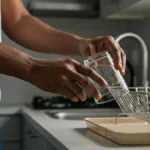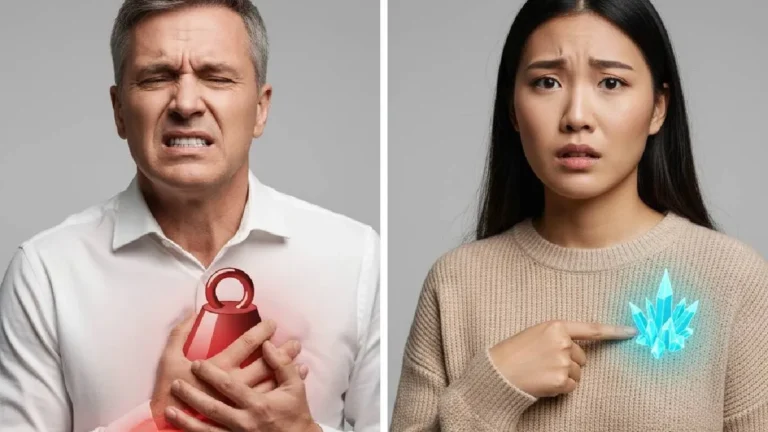An enlarged prostate, clinically known as benign prostatic hyperplasia (BPH), is the most common prostate disorder in older men. According to medical data, it affects approximately 50% of men in their fifties, 70% in their sixties, and 80% of those over 70.
Although it is benign, it can cause severe urinary symptoms that impact daily life. However, thanks to recent innovations, treatments for an enlarged prostate have evolved significantly, expanding the options beyond traditional medications and invasive surgery.
Dr. Ricardo González, a urologist at Houston Methodist Hospital, explains that today, patients have options tailored to the size of their prostate, the severity of their symptoms, and their personal goals.
What is benign prostatic hyperplasia, and how does it affect the body?
BPH is characterized by a non-cancerous prostate gland growth which can reach volumes of up to 80 ml or more, well above the normal size (25 ml or 15-25 grams).
“Prostate growth continues with age and is influenced by both genetics and diet, especially in people with high cholesterol,” warns Dr. González. This expansion affects the elasticity of the bladder, which reacts by thickening its wall and losing functionality, triggering the characteristic symptoms.
Symptoms of an enlarged prostate:
One of the first signs is a weak or slow urine stream, accompanied by urinary urgency, frequent urination, and nocturia (getting up at night to urinate). Other symptoms include:
- Sensation of incomplete bladder emptying
- Difficulty starting urination
- Intermittent urinary flow
Deterioration in sleep quality and productivity can even lead to emotional disorders such as depression. If left untreated, BPH can lead to urinary tract infections, bladder stones, blood in the urine, and kidney damage.
Diagnosis: How the severity of BPH is assessed
Diagnosis of an enlarged prostate includes the International Prostate Symptom Score (IPSS), a scale that measures symptoms such as frequency, weak flow, and straining during urination. A score above 20 indicates severe BPH.
In addition to the IPSS, specialists perform prostate exams, urinary flow studies, ultrasounds, and cystoscopies to determine prostate size and rule out complications.
“The IPSS guides us on the best therapeutic approach based on the intensity of the symptoms and the patient’s expectations,” says Dr. González.
Treatment options: from active surveillance to surgery
The medical approach depends on the size of the prostate, the severity of symptoms, and patient preferences. In mild cases, active monitoring without immediate treatment may be the option.
Medications for an enlarged prostate include muscle relaxants to make urination easier, hormone inhibitors that slow prostate growth, and drugs that improve urinary flow.
For those who wish to avoid drugs or preserve sexual function, there are minimally invasive office-based procedures ideal for prostates ranging from 30 to 80 grams:
- Rezum: water vapor that reduces prostate size
- UroLift: separates the prostate lobes to free the urethra
- iTIND: a temporary device that remodels the urethra
“These methods offer quick relief without affecting sexual function,” says Dr. González.
Advanced surgeries for more complex cases
In patients with severe symptoms or large prostates, outpatient procedures may not be sufficient. In these cases, surgical options such as:
- Aquablation: removes tissue with high-pressure water jets
- Laser Vaporization (LVP): shrinks prostate tissue with laser energy
- Endoscopic enucleation (EEPE): removes obstructing tissue using techniques such as HoLEP or ThuLEP
- Prostatectomy: surgery to remove part or all of the prostate, either openly or robotically
These options are used in patients with urinary retention, catheter use, recurrent infections, or kidney failure due to BPH.
Dr. González emphasizes that consulting with a urologist is key to identifying the most appropriate treatment. “Today, there are more options than ever. We are no longer limited to lifelong medications or invasive surgeries. Medicine has advanced enormously, and we can customize treatment based on each man’s needs.”























+ There are no comments
Add yours